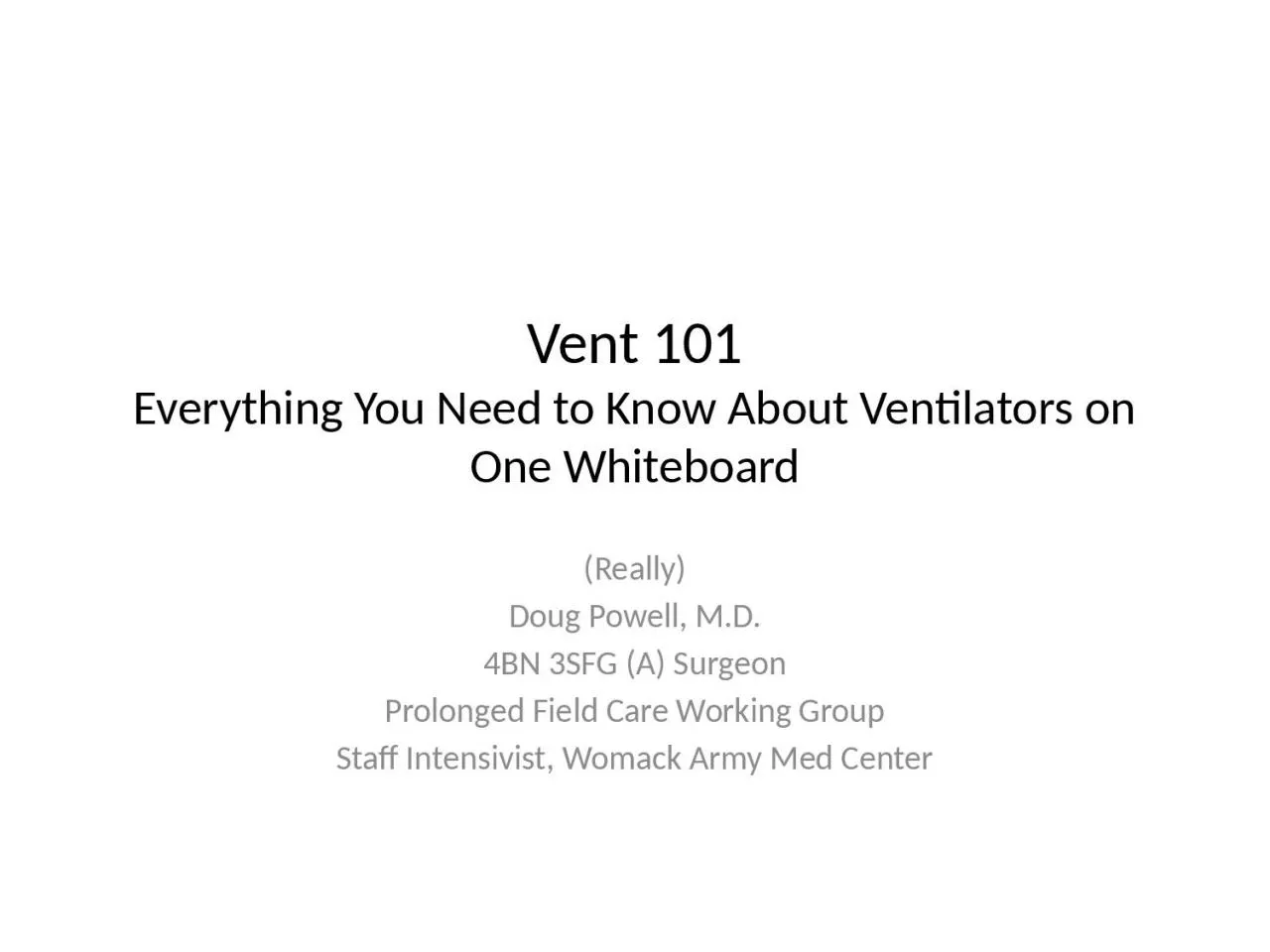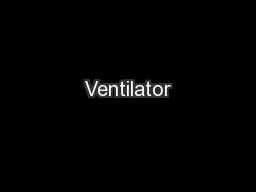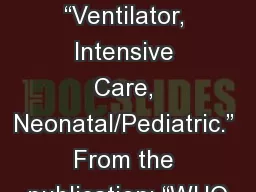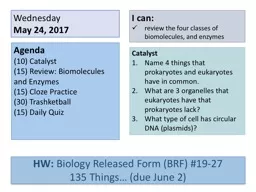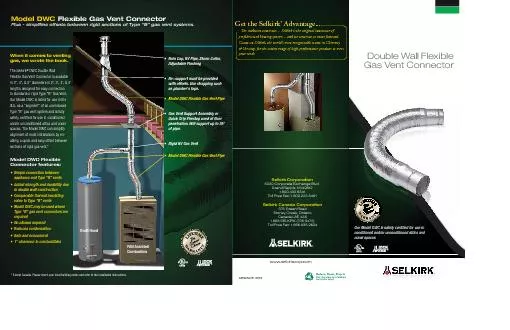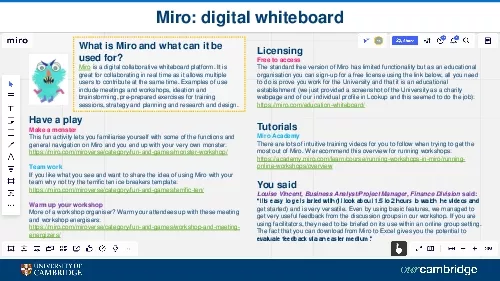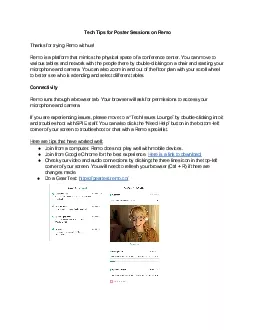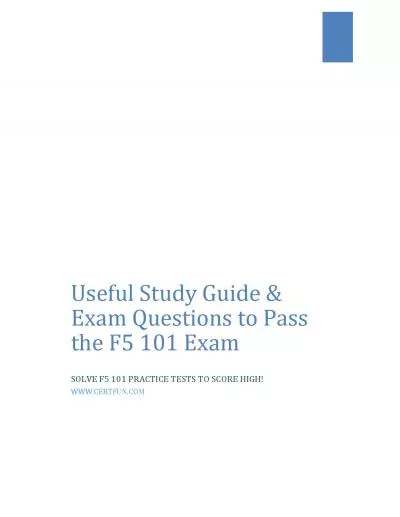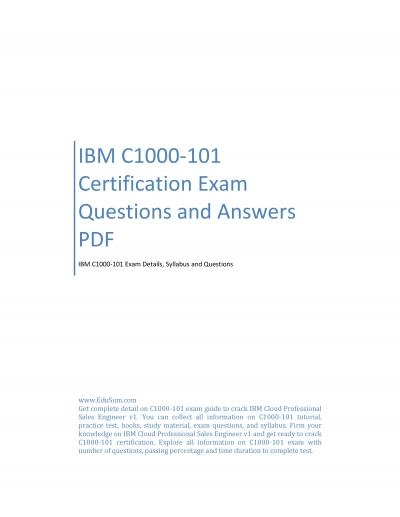PPT-Vent 101 Everything You Need to Know About Ventilators on One Whiteboard
Author : Hiphopkid | Published Date : 2022-08-01
Really Doug Powell MD 4BN 3SFG A Surgeon Prolonged Field Care Working Group Staff Intensivist Womack Army Med Center Pathology of Respiratory Failure Hypoxic
Presentation Embed Code
Download Presentation
Download Presentation The PPT/PDF document "Vent 101 Everything You Need to Know Abo..." is the property of its rightful owner. Permission is granted to download and print the materials on this website for personal, non-commercial use only, and to display it on your personal computer provided you do not modify the materials and that you retain all copyright notices contained in the materials. By downloading content from our website, you accept the terms of this agreement.
Vent 101 Everything You Need to Know About Ventilators on One Whiteboard: Transcript
Download Rules Of Document
"Vent 101 Everything You Need to Know About Ventilators on One Whiteboard"The content belongs to its owner. You may download and print it for personal use, without modification, and keep all copyright notices. By downloading, you agree to these terms.
Related Documents

